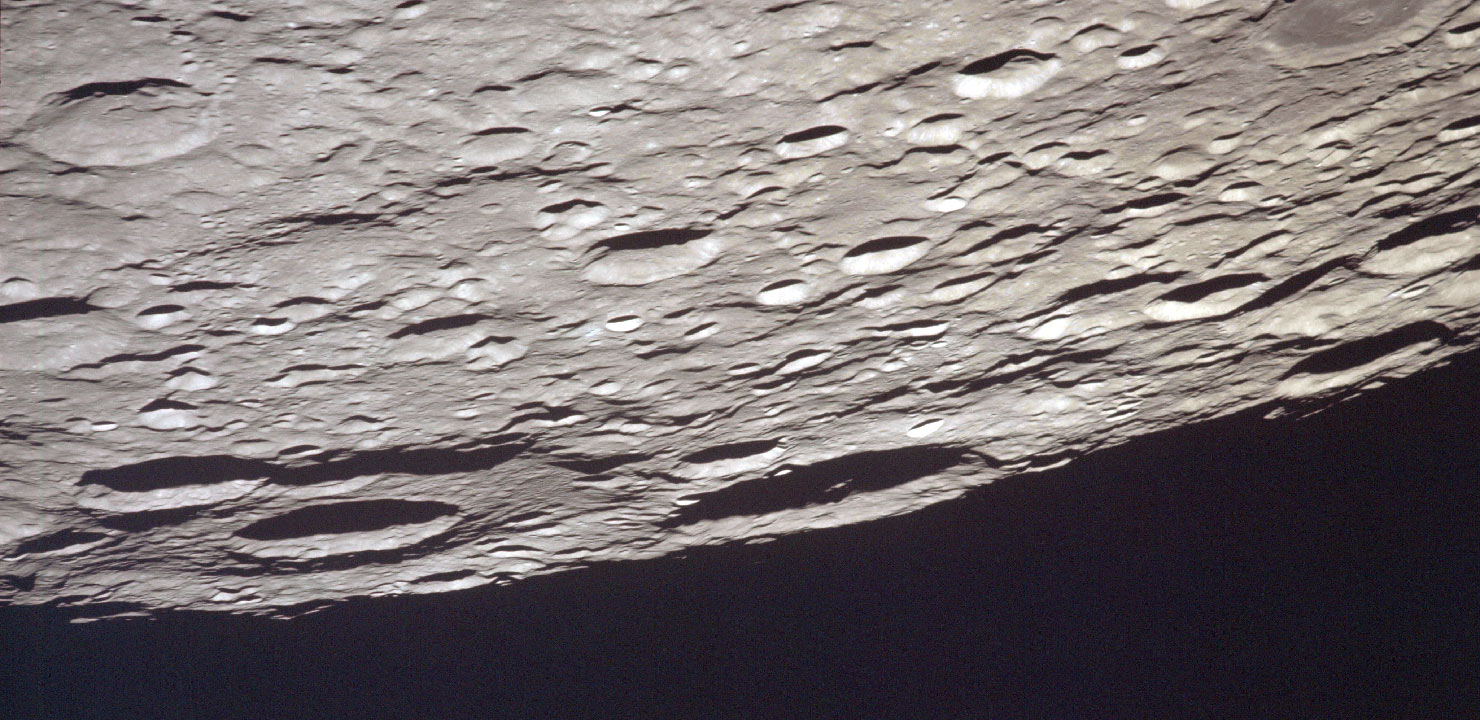
50th Anniversary of Apollo 13
April 2020 :
Many people have a phobia about the number 13. You may notice that very few hotels have a 13th floor; many slow their lives during Friday the 13th; it was even amazing to some diehard triskaidekaphobes that NASA named one of their lunar flights after that.
Surprisingly, that became true, at a very unique time: After Apollo 11’s successful flight to the Moon, it was felt that a trip to our neighbor was a very routine expedition. NASA was getting calls on how flight information about Apollo 12 was interfering with soap opera broadcasts.
And, then, came the sentence that changed history: Astronaut Jack Swigert’s, “Houston, we’ve had a problem.” While 200,000 miles from Earth, mission controller Sy Liebergot noticed a low-pressure warning signal on one of the craft’s hydrogen tanks. That signal could have been problematic, or just have shown a routine procedure was needed. Swigert, following procedure, flipped the switch for the “routine procedure.” Immediately, the craft began to shudder: oxygen pressure fell, and power disappeared. Later investigation determined wires were exposed to the oxygen tank via a series of manufacturing and testing errors. A spark from an exposed wire in the oxygen tank caused a fire, ripping apart one oxygen tank and damaging another inside the spacecraft.
Fortunately for the crew, they had a “backup” craft: the Aquarius, the lunar module; however, not intending to return to Earth, it didn’t have a heat shield for returning through our atmosphere.
Anyone who has seen the Ron Howard movie “Apollo 13” knows that astronauts Jim Lovell, Jack Swigert and Fred Haise, through the ingenuity of the ground crew and the determination of the astronauts, did return home, to a grateful and attentive public. No longer was spaceflight considered a routine activity. Also, in the wake of the mission, certain changes were made: Removing all cryo tank fans and wiring; adding another oxygen tank to supply the crew, if needed; adding more water bags in the command module. These, and others, made further missions safer.
Surface of the Moon seen by Apollo 13, Apollo Image Archive/NASA



